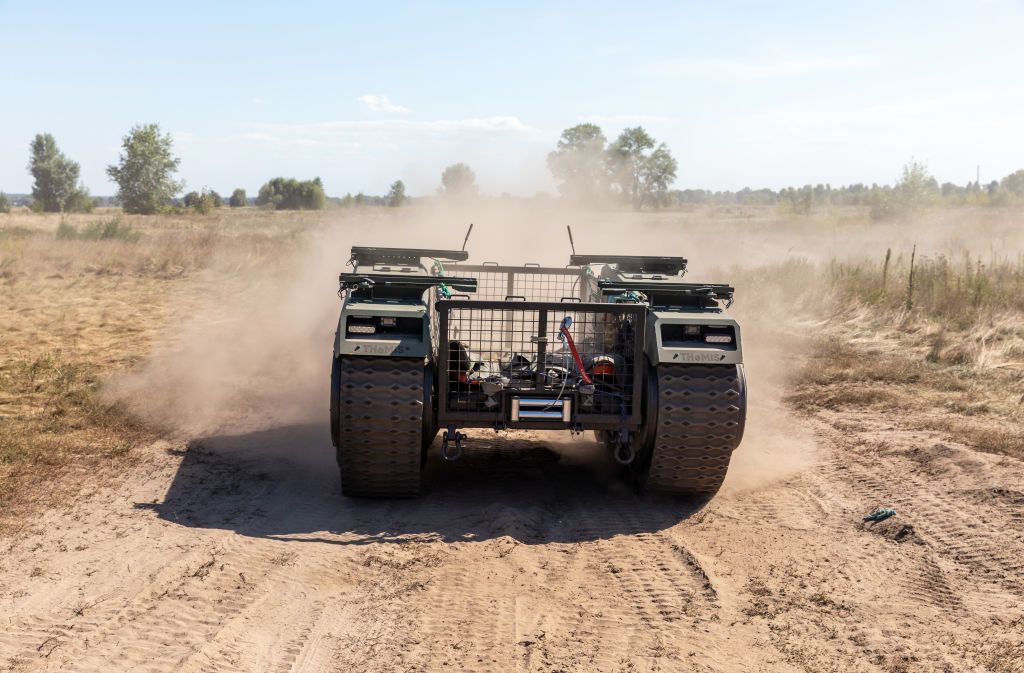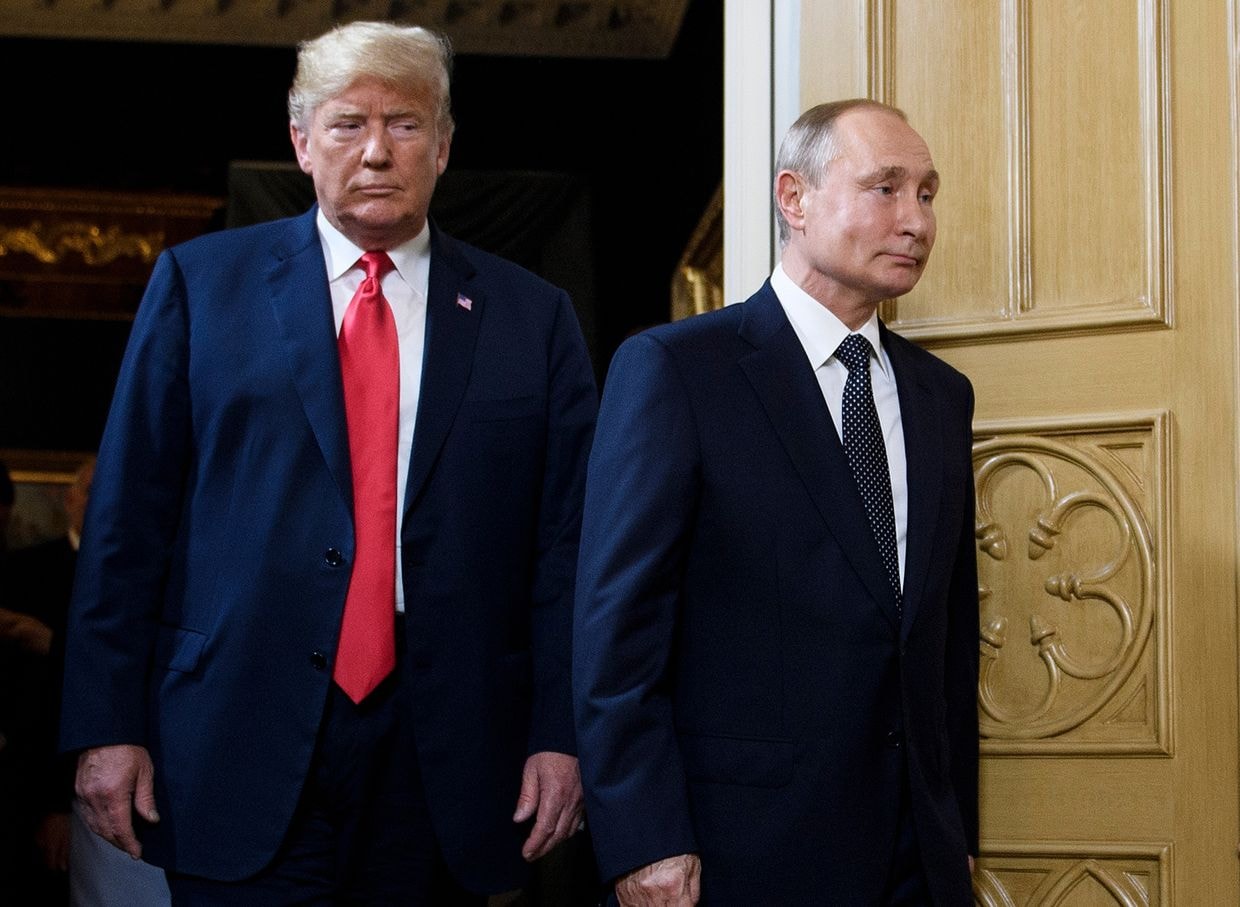Minister: Ukraine to mass-produce robots to 'minimize human involvement on battlefield'

Ukraine plans to mass-produce mobile robots capable of mining, demining, operating attack drones, evacuating wounded soldiers, and transporting ammunition, Digital Transformation Minister Mykhailo Fedorov announced on March 12.
The primary purpose of the unmanned ground vehicles (UGVs) is to keep human involvement on the battlefield to a minimum, thereby reducing the number of soldiers being killed or injured, Fedorov said.
"It is an asymmetric response to the enemy's numerical superiority," Fedorov said. Russia has a larger pool of potential recruits for the military, as its population is more than three times the size of that of Ukraine.
Kyiv is also facing critical ammunition shortages, as $61 billion in funding from the U.S. remains stuck in Congress. Russia, meanwhile, is set to produce nearly three times as many artillery munitions as the U.S. and Europe this year.
"The robots have successfully proven themselves on the training ground, in a few months they will be on the battlefield," Fedorov said.
The minister described the technology as "the next game changer of this war," in the same way "drones already are."
According to Fedorov, there are currently 140 robotic systems registered on Brave1, a state platform for defense technology coordination, and 96 have successfully undergone testing.
Brave1 "is doing everything to scale up the production of robots, and the government is starting to buy them en masse," as the Ukrainian government did with drones, Fedorov said.
While the technology is still being developed, both the Ukrainian and Russian armies are already using remote-controlled technologies on the battlefield.
Fedorov said that Ukraine has deployed the ChaBla robotic turret, a remote-operated machine gun system, to the front line.
Ukrainian reconnaissance units reportedly witnessed Russian soldiers using remote-controlled vehicles the size of cars to deliver ammunition at the start of Russia's offensive on Avdiivka in October 2023.












